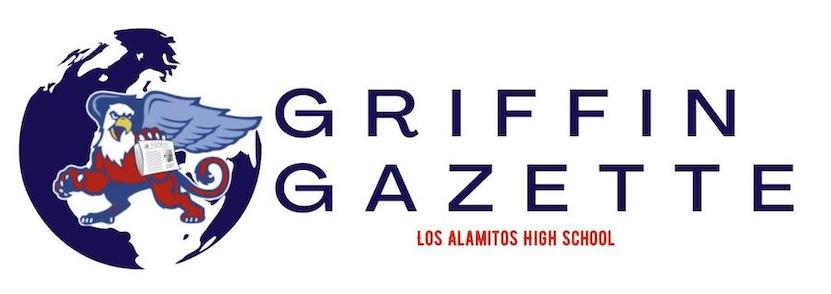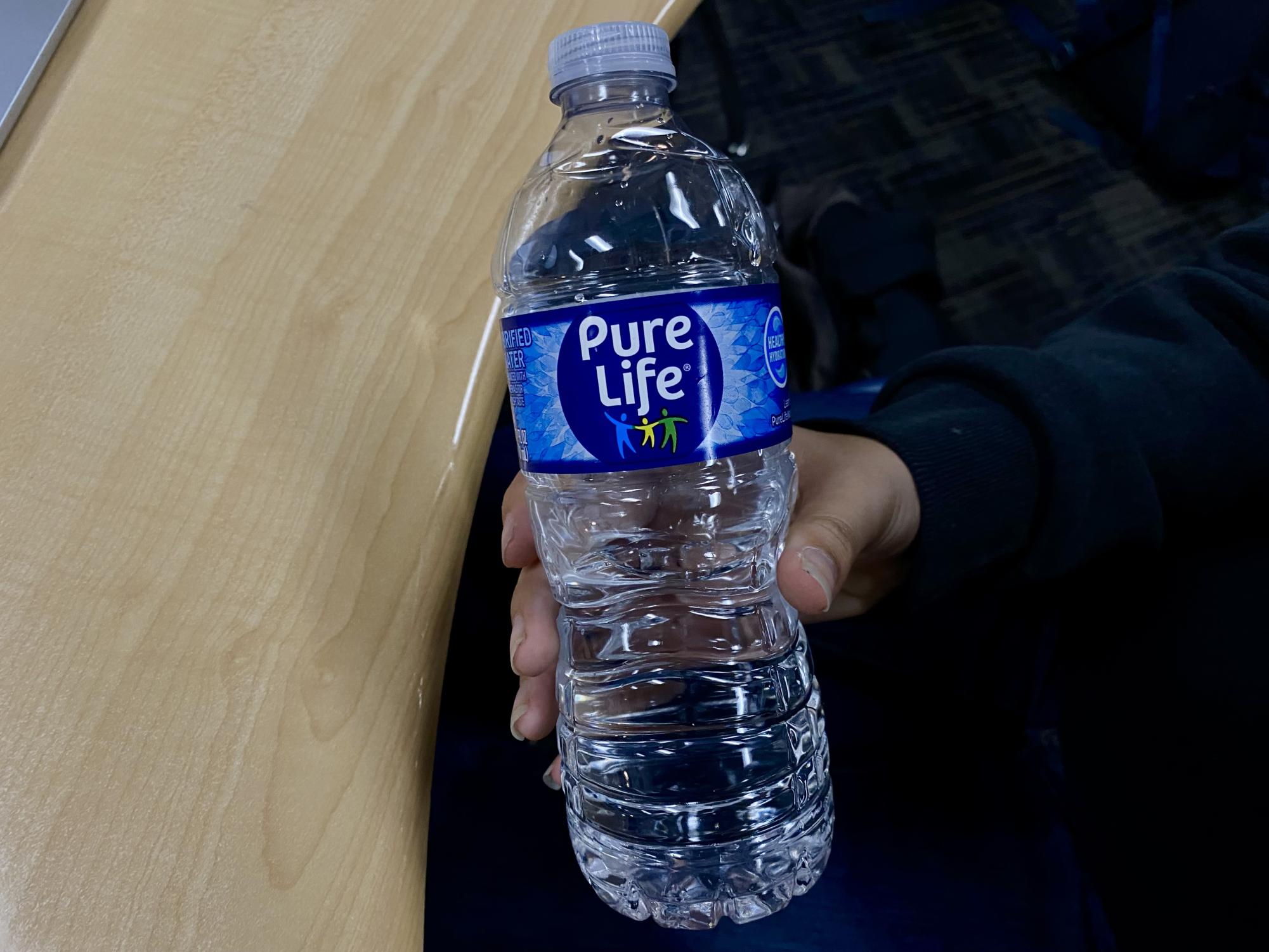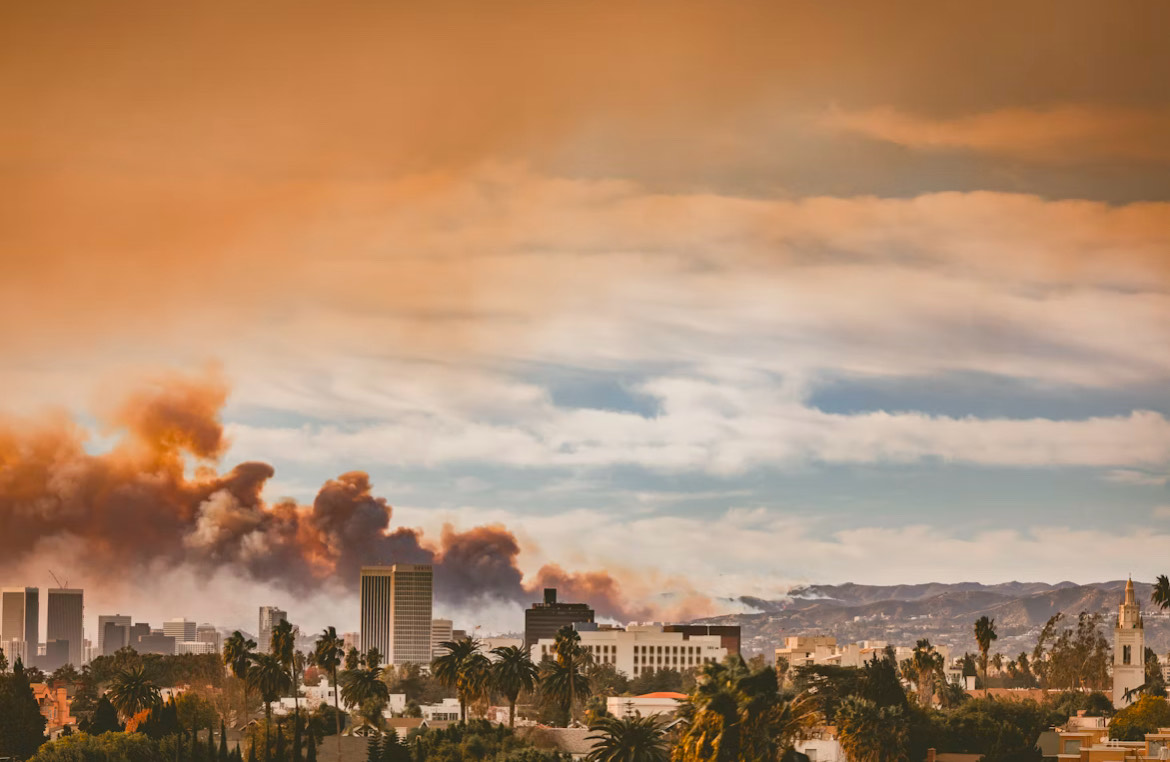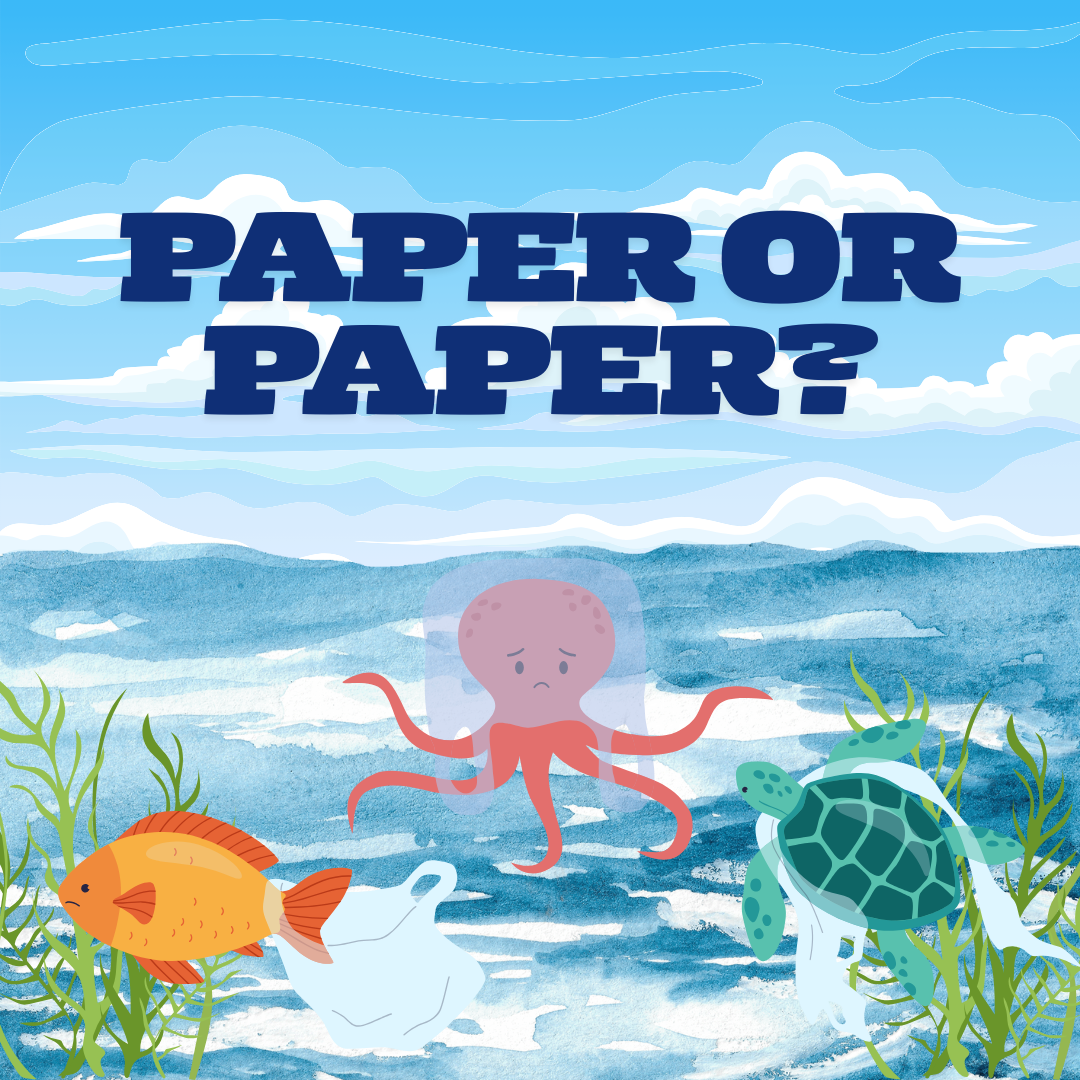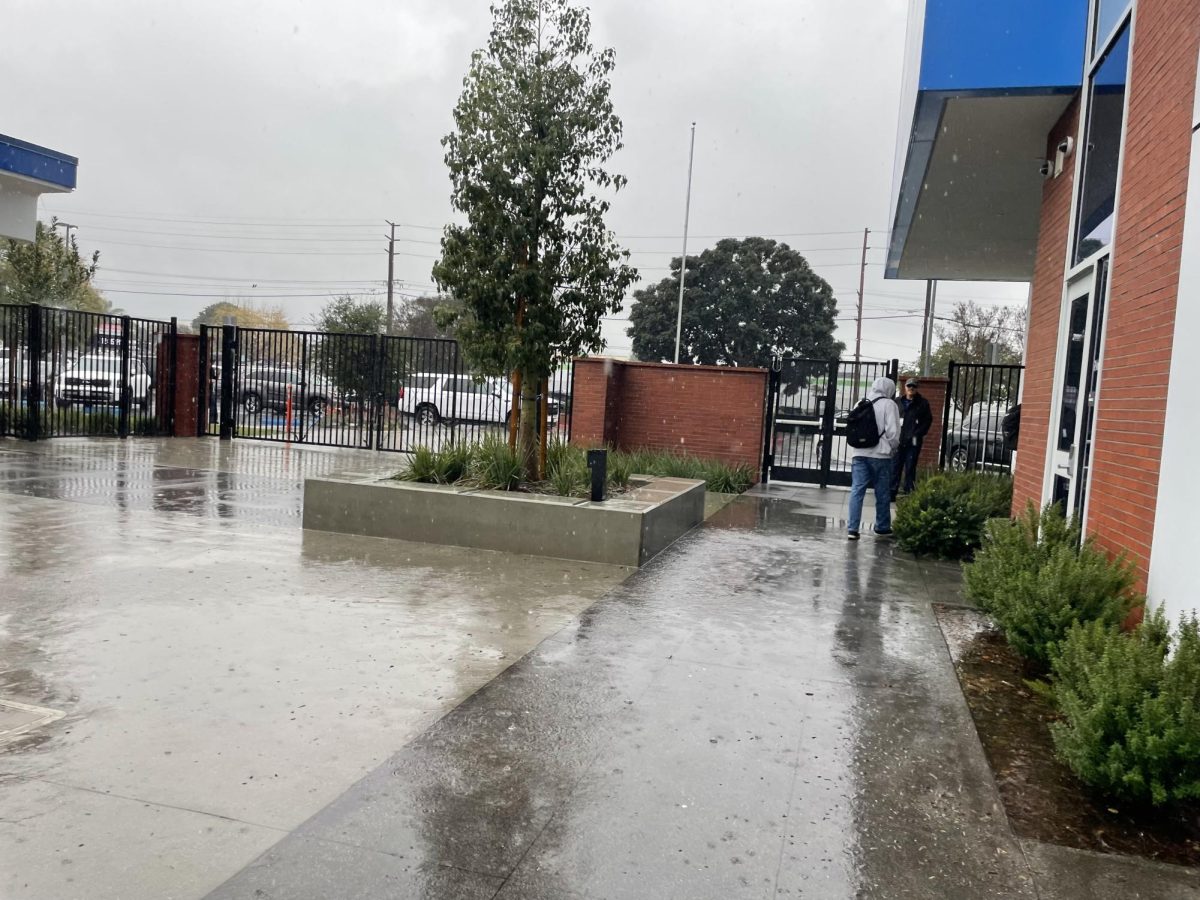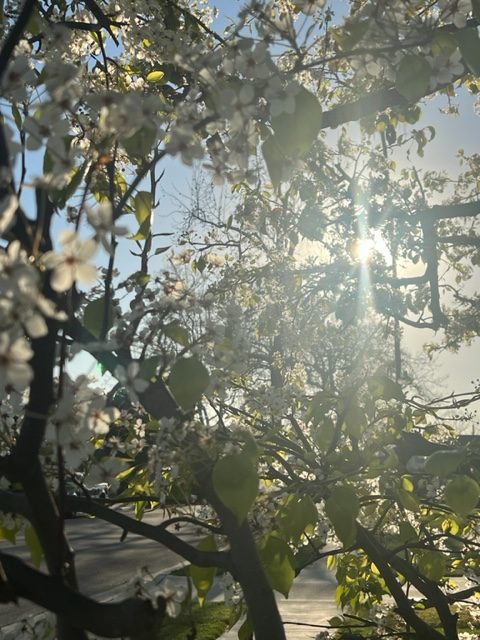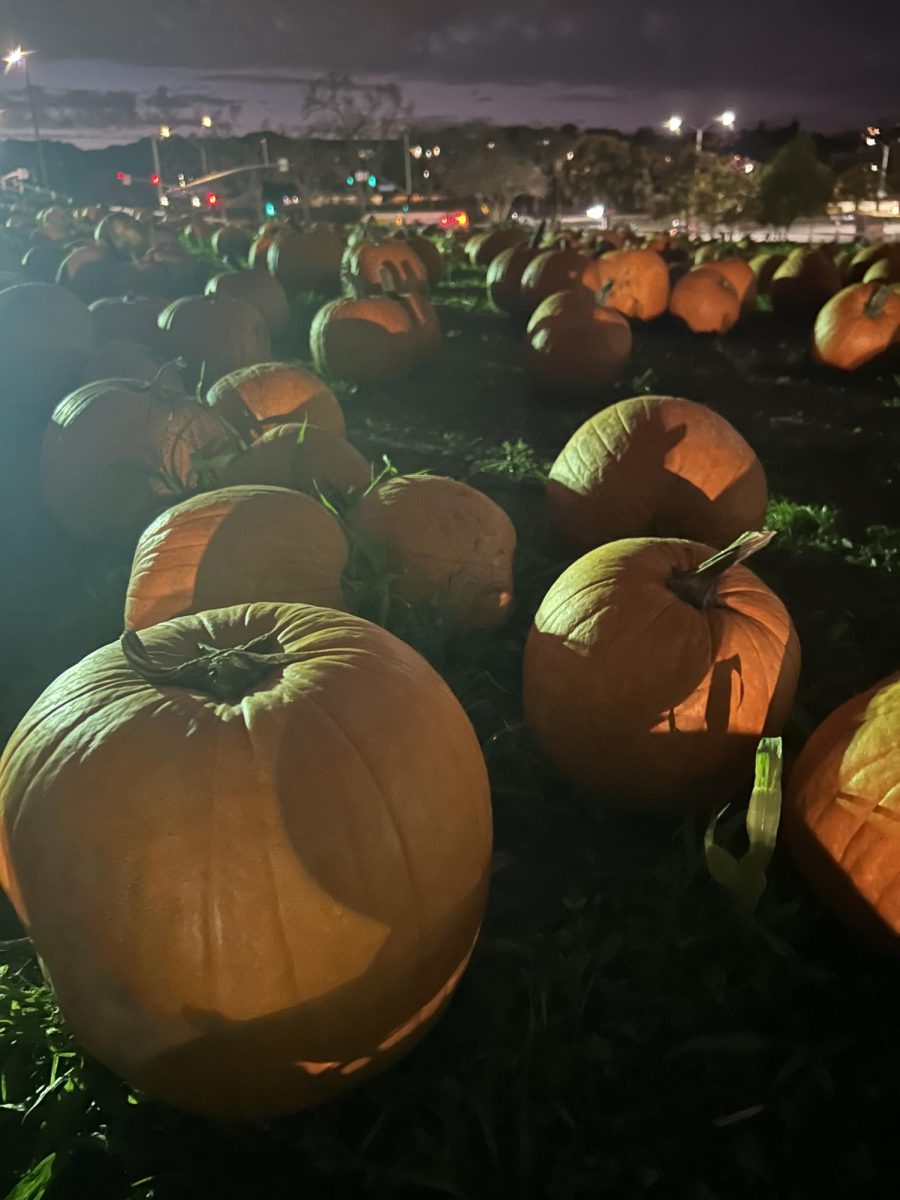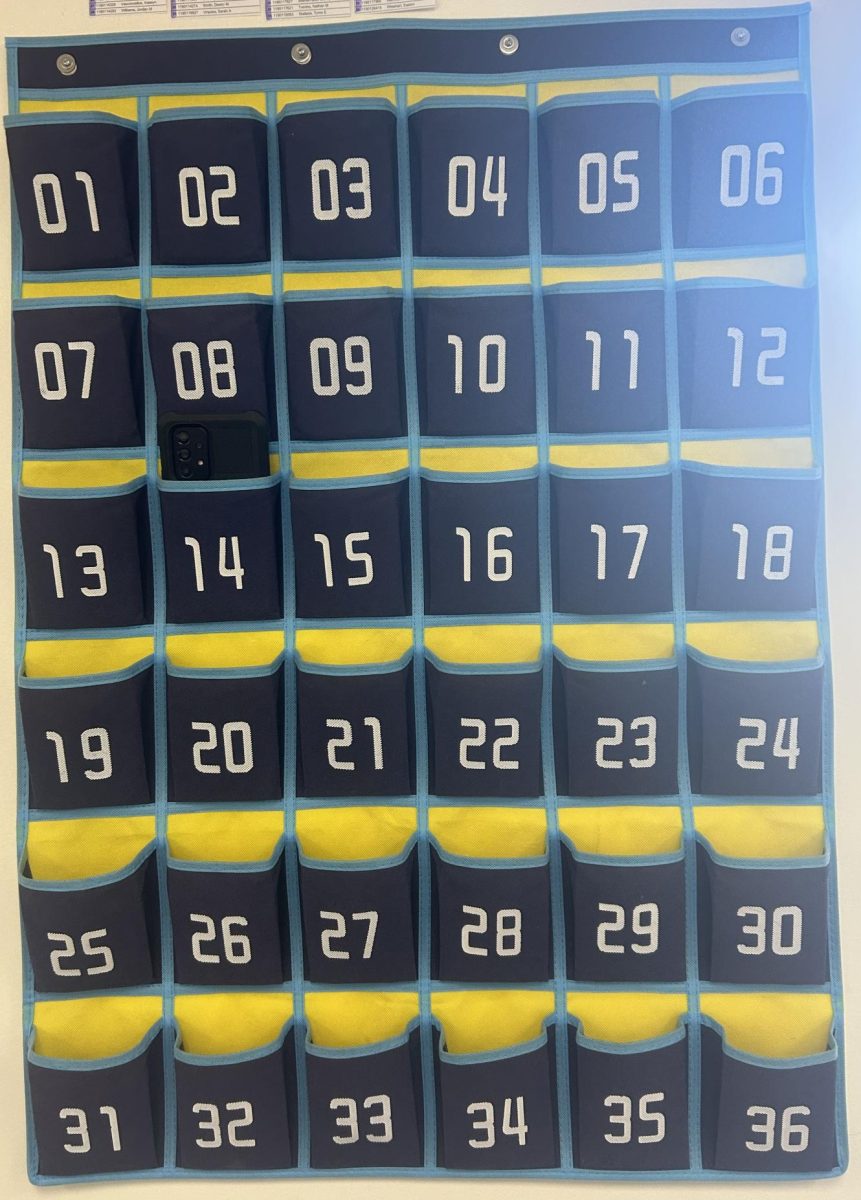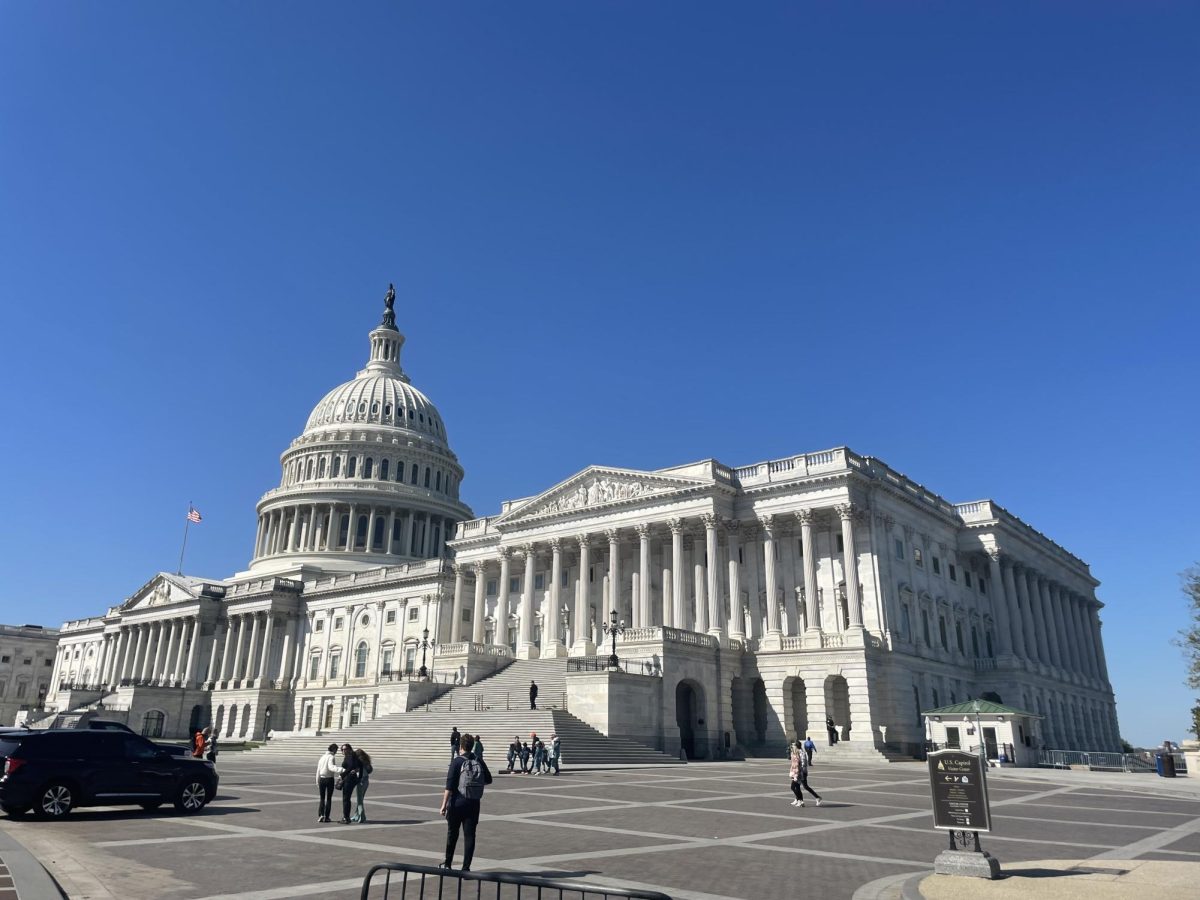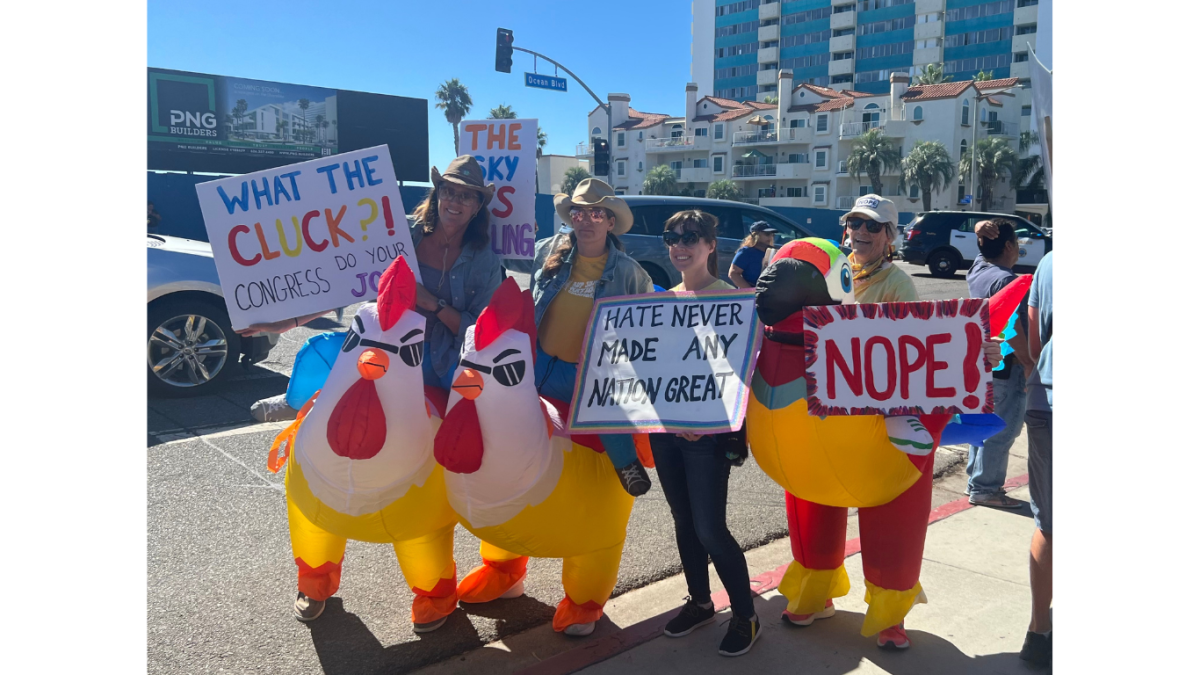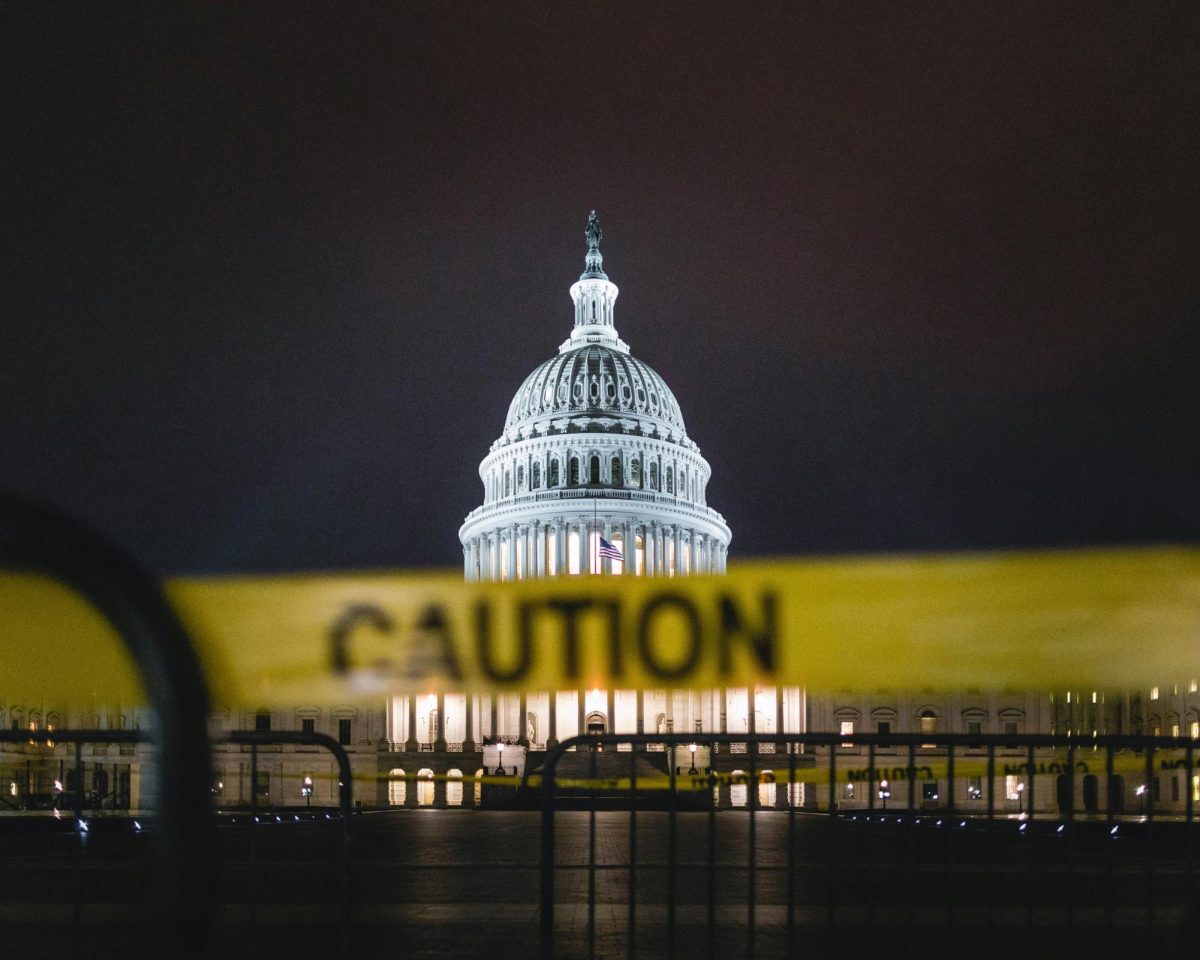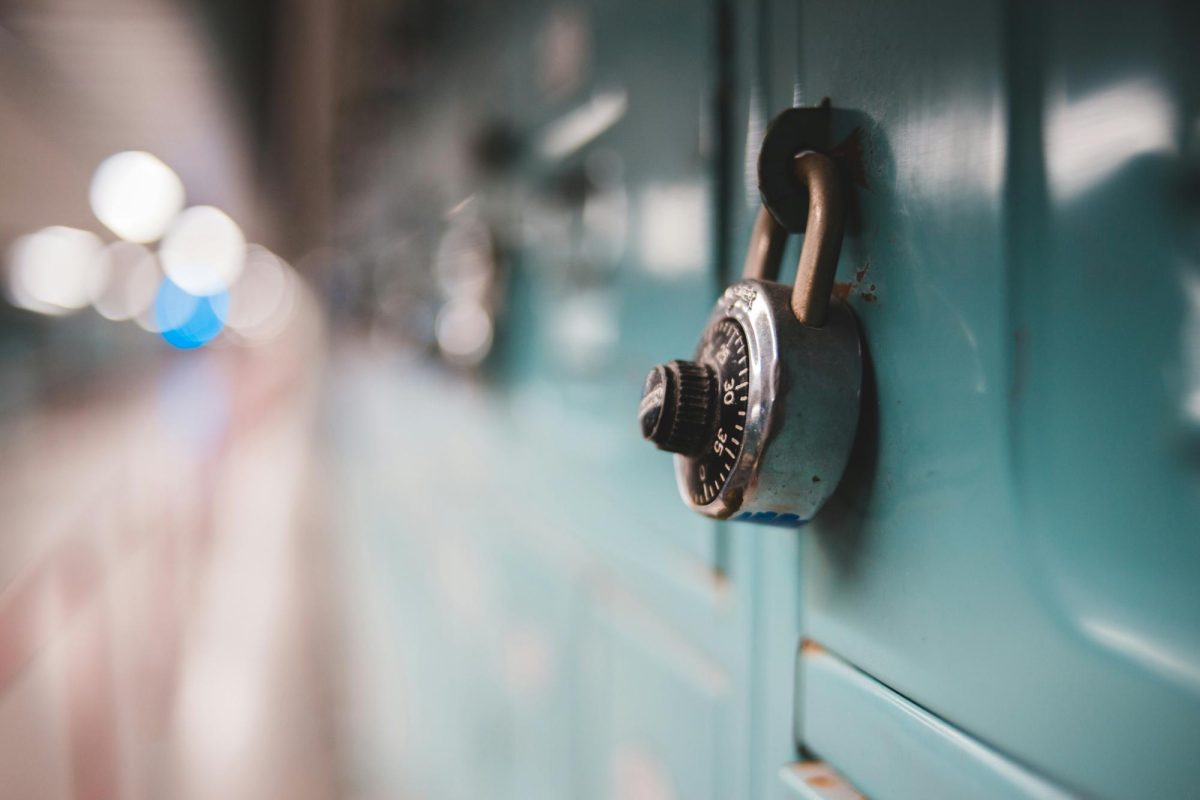LOS ALAMITOS, Calif. — Have you ever ordered takeout? Eaten seafood? Chances are you have ingested microplastics without even knowing. Society’s increasing use of cheap plastic has infiltrated microplastics into the environment, including in what you eat!
Microplastics are small particles of plastic that originate from larger pieces like tires and plastic bags. They can also be made for a specific purpose, like when a factory produces makeup and beauty products. Microplastics are not only a factor of plastic pollution but can also consist of potentially dangerous materials.
“They contain various additives and other non-intentionally added substances,” Dr. Dana Kühnel said in an interview with the European Science-Media Hub.
Microplastics are made of threatening materials and have major repercussions for our ecosystems. These plastics do not biodegrade, which causes them to accumulate in the environment forever. Marine animals often ingest this material and cause disruptions in the food chain, according to the National Library of Medicine.
This means that the food you consume, like fish, can have plastic in them. Studies show that in 2020, 60% of all fish contain microplastics. Because these plastics can accumulate in the food we eat, it can pose serious health risks for humans. These plastics often contain BPA and endotoxins which can potentially lead to health issues. Research also suggests that these plastics can irritate the fragile tissue in your body.
“The amount of microplastics in plaque was related steeply, a four fold increase in the composite of heart attacks, stroke and even death,” Dr. Leonardo Trasande said in a podcast with CNN.
New measures have been implemented to stop the progression of plastics in the environment. For example, the Break Free From Plastic Pollution Act and Microbead-Free Waters Act have been passed to help the concerning levels of plastic waste. However, the accumulation of microplastics still proves to be an on-going issue.
“The textile industry is turning PET plastic bottles into polyester, but when we wash these clothes, synthetic microfibers will go back into the environment,” Sarah Jeanne Royer, a postdoctoral researcher on plastic, said to CleanHub in an interview.
Students at Los Alamitos High school agree with the fact that microplastics are damaging to the environment.
“Small organisms such as zooplankton or small fish often consume microplastics mistaking them for food and they accumulate in their bodies. This is bad for humans too, being the highest level of the food chain; the fish that we consume can be polluted by microplastics,” Tyler Bragg, a LAHS junior in AP Environmental Science said.
Microplastics in our environment will continue to pose a great threat to wildlife and the human population. By eliminating your use of plastic, society can become cleaner and greener. Protective measures must be implemented by governments and local communities to ensure a healthier future for all.
